Planning your next adventure? These Rocky Mountain trekking tips will help you stay safe, prepared, and ready for the challenge.
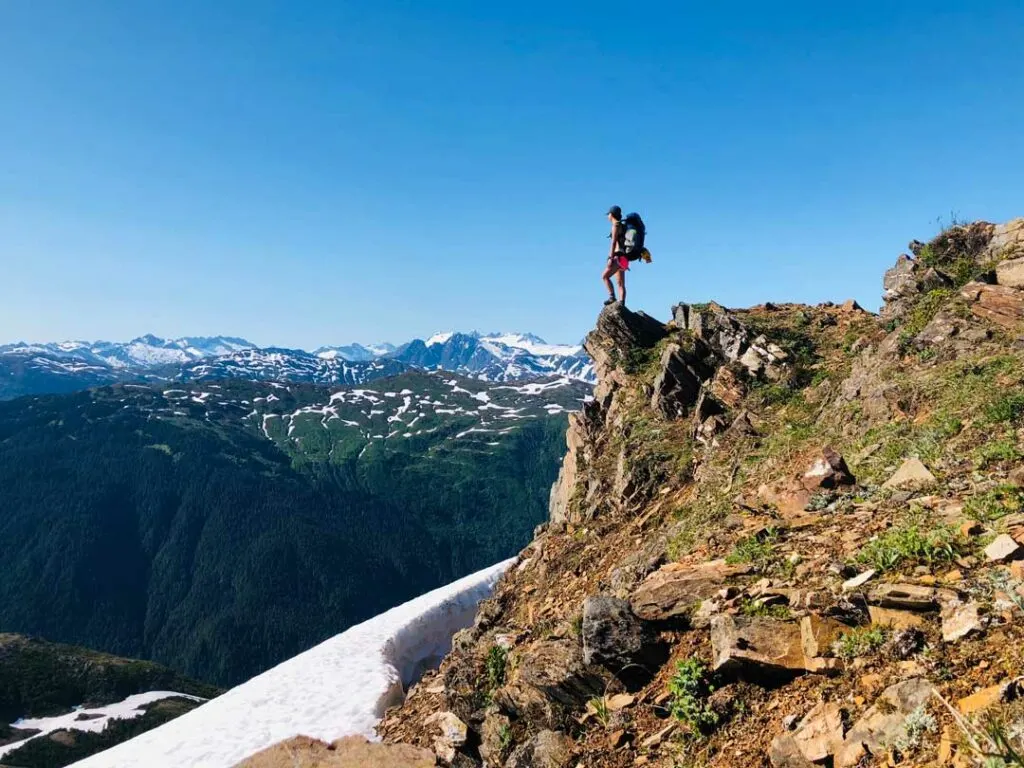
The Rocky Mountains are one of North America’s most iconic natural landmarks. They stretch over 3,000 miles from northern British Columbia in Canada to New Mexico in the United States.
6 Essential Rocky Mountain Trekking Tips for a Safe Adventure
This massive mountain range is known for its towering peaks, alpine lakes, dense forests, and some of the most diverse trekking routes in the world. In short, the Rockies offer both beauty and challenge. No matter whether you’re hiking a popular trail in Colorado’s Front Range or backpacking through Banff or Jasper National Parks in Alberta.
But their dramatic terrain and unpredictable weather also mean that preparation is not optional. You have to do it beforehand. So, before you lace up your boots and hit the trail, here are six essential tips. Dive into the article!
1. Understand the Terrain (and Pick Your Route Wisely)
The Rocky Mountains span from British Columbia (Canada) down to New Mexico (US). Simply put, they cross through five U.S. states and two Canadian provinces. That means terrain, climate, and difficulty levels can vary wildly depending on where you’re trekking.
For example:
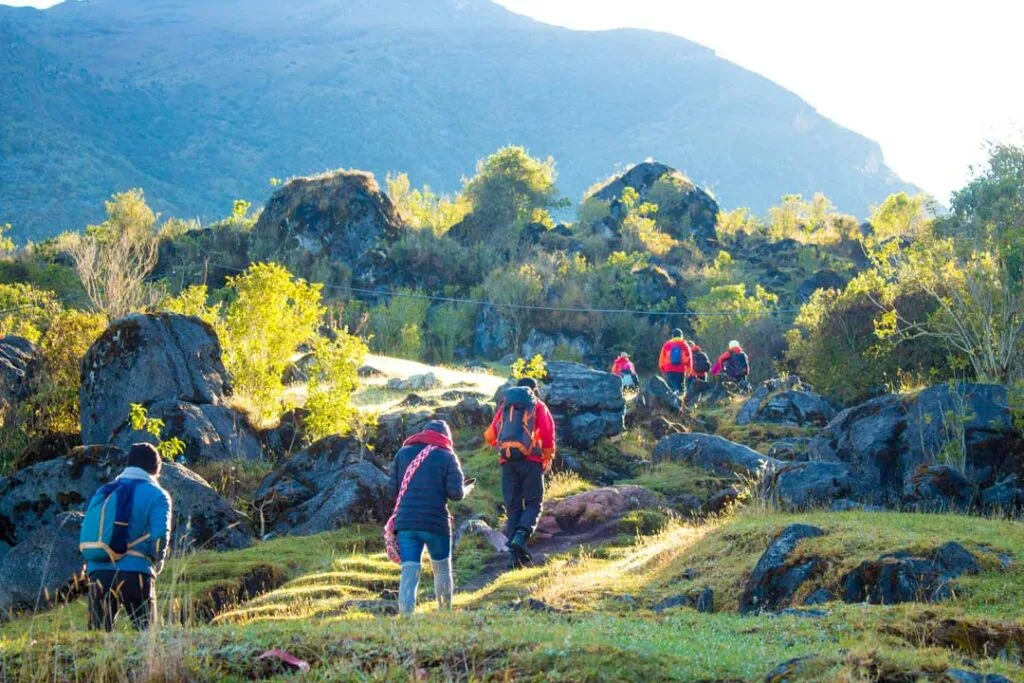
- Banff and Jasper (Canada): It offers glacial valleys, alpine passes, and remote backcountry routes.
- Colorado’s Rocky Mountain National Park: It provides everything from short day hikes to high-altitude ridge traverses.
- Montana’s Glacier National Park: It includes steep switchbacks, wildlife zones, and exposed rock trails.
Hence, you should research your chosen area carefully. Properly check for altitude gain, trail conditions, and distance. If you’re new to the Rockies, start with lower-elevation trails before moving into more advanced routes.
2. Bring Proper Gear
No matter where you are going for trekking, you must possess the right gear and, of course, proper quality equipment. And when it comes to Rocky Mountain trekking, having the right ones can make or break your experience. Some of the non-negotiables are given as follows:
- Navigation tools: Topographic map, compass, or GPS device.
- First aid kit: Including blister care and pain relievers.
- Headlamp or flashlight: In case your trek runs longer than expected.
- Food and water: Bring high-calorie snacks and at least 2–3 liters of water.
Moreover, on the Rockies trails, elevation gain, loose gravel, and rocky switchbacks are common. Hence, a solid pair of trekking poles can make a major difference. They provide extra stability on uneven surfaces. As a result, this reduces the impact on your knees during steep descents and helps maintain rhythm and posture during long climbs.
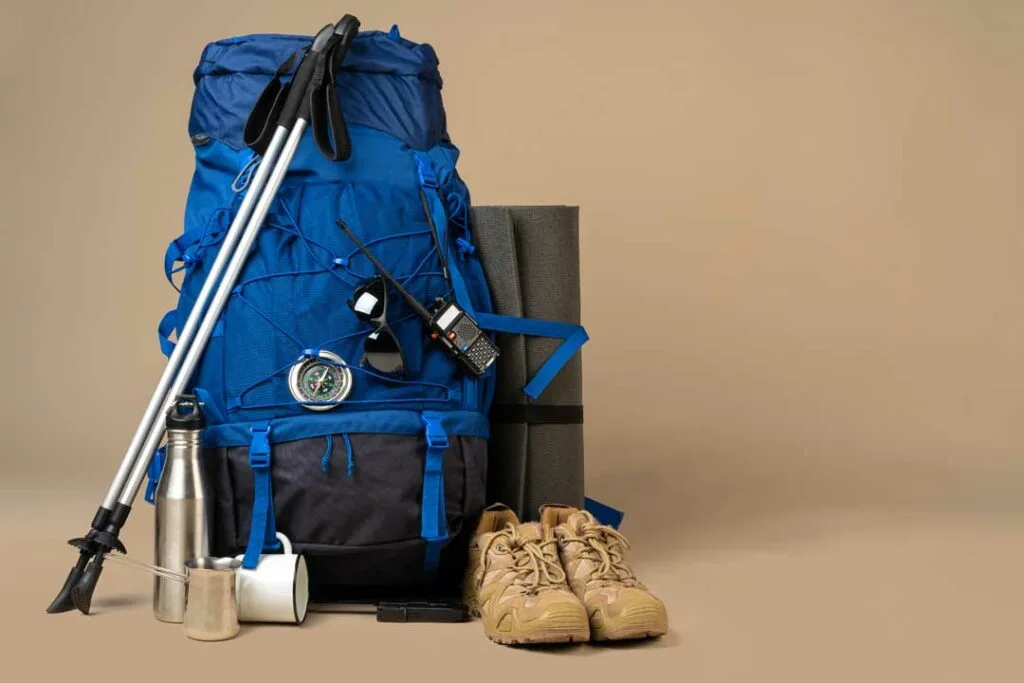
Last but not least, some brands have earned a reputation for crafting lightweight, collapsible trekking poles. Features like ergonomic grips, adjustable lengths, and durable tips make them a go-to choice for serious mountain trekkers. So, you can consider them.
3. Get Acclimated to the Altitude
Altitude sickness can affect even the fittest hikers. Many Rocky Mountain trails rise above 8,000 to 10,000 feet, where the oxygen level drops noticeably.
Common symptoms include:
- Headaches.
- Nausea.
- Shortness of breath.
- Dizziness or fatigue.
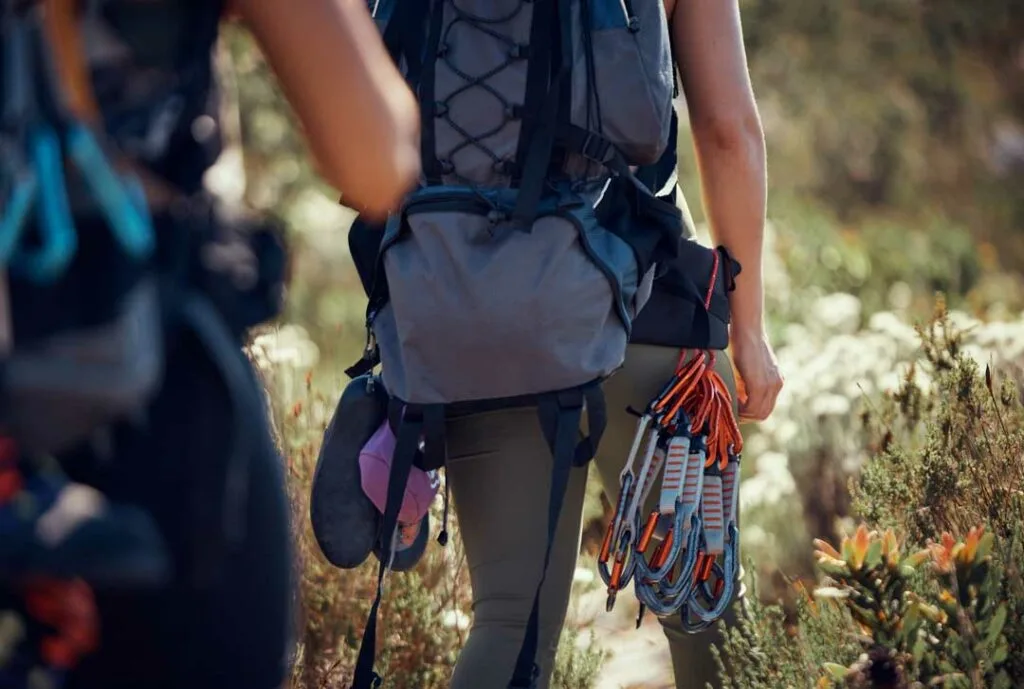
To avoid this:
- Arrive a day or two early to let your body adjust.
- Stay hydrated and avoid alcohol before your hike.
- Ascend slowly and take breaks.
- Consider medications like acetazolamide for higher elevations (consult your doctor).
4. Dress in Layers
In the Rockies, the weather can go from sunshine to snow in a matter of hours, even during summer. High-altitude climates are notoriously unpredictable, so dressing in layers is very important.
You can do so in the following way:
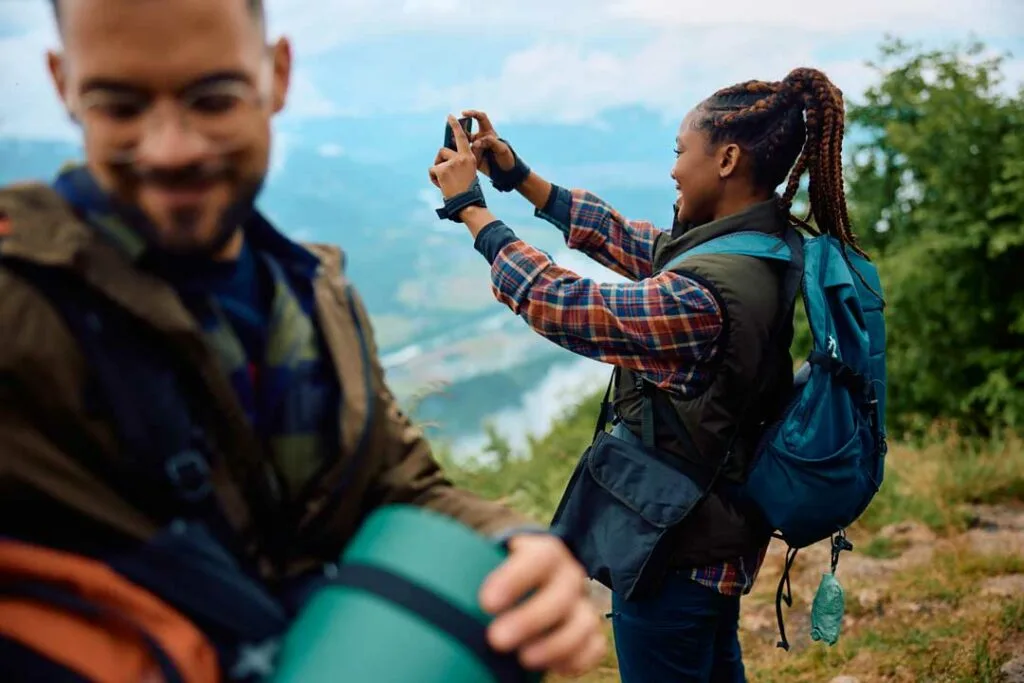
- Base layer: Moisture-wicking fabric (not cotton) to keep sweat off your skin.
- Mid-layer: Insulation like fleece or down to trap heat.
- Outer layer: Waterproof and windproof shell to protect from sudden storms.
Also pack gloves, a beanie, and an emergency poncho, even if the forecast looks clear.
5. Know the Wildlife and Practice Trail Etiquette
The Rockies are home to bears, moose, elk, mountain lions, and bighorn sheep. So, spotting wildlife can be one of the highlights of your trek. But it also requires caution. For that reason, do the things mentioned below:
- Carry bear spray in grizzly territory (like in Montana or Alberta).
- Never feed wildlife — it’s dangerous for them and you both.
6. Plan for Safety and Self-Sufficiency
The Rocky Mountains offer incredible solitude. But that also means help may not be nearby if something goes wrong.
A few precautions:
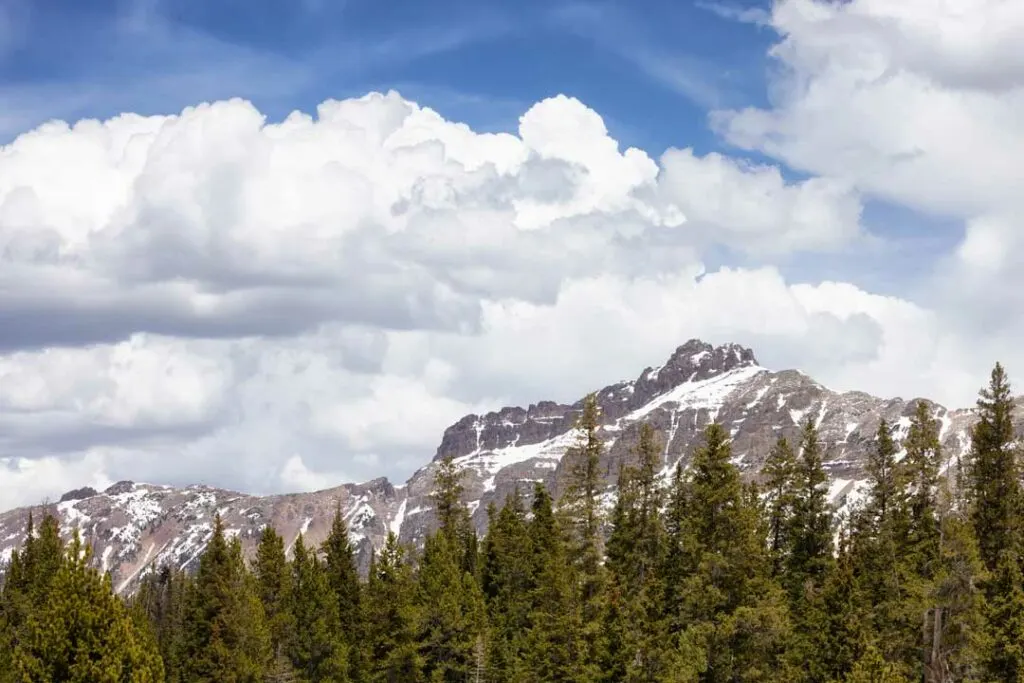
- Always tell someone your itinerary and expected return time.
- Download offline maps and trail info.
- Carry a portable power bank and a whistle for emergencies.
Hiking in the Rocky Mountains? 6 Tips for Beginners and Experts
Trekking in the Rocky Mountains is one of the most rewarding experiences for outdoor lovers. No matter whether you’re chasing views, testing your endurance, or just reconnecting with nature. But these mountains are not to be taken lightly.
With smart planning, the right gear, and a respect for the terrain, your trek can be both safe and unforgettable. So, take the time to prep, train, and pack wisely. Ultimately, let the Rockies do the rest.

Jessi is the creative mind behind The Coffee Mom, a popular blog that combines parenting advice, travel tips, and a love for all things Disney. As a trusted Disney influencer and passionate storyteller, Jessi’s authentic insights and relatable content resonate with readers worldwide.
